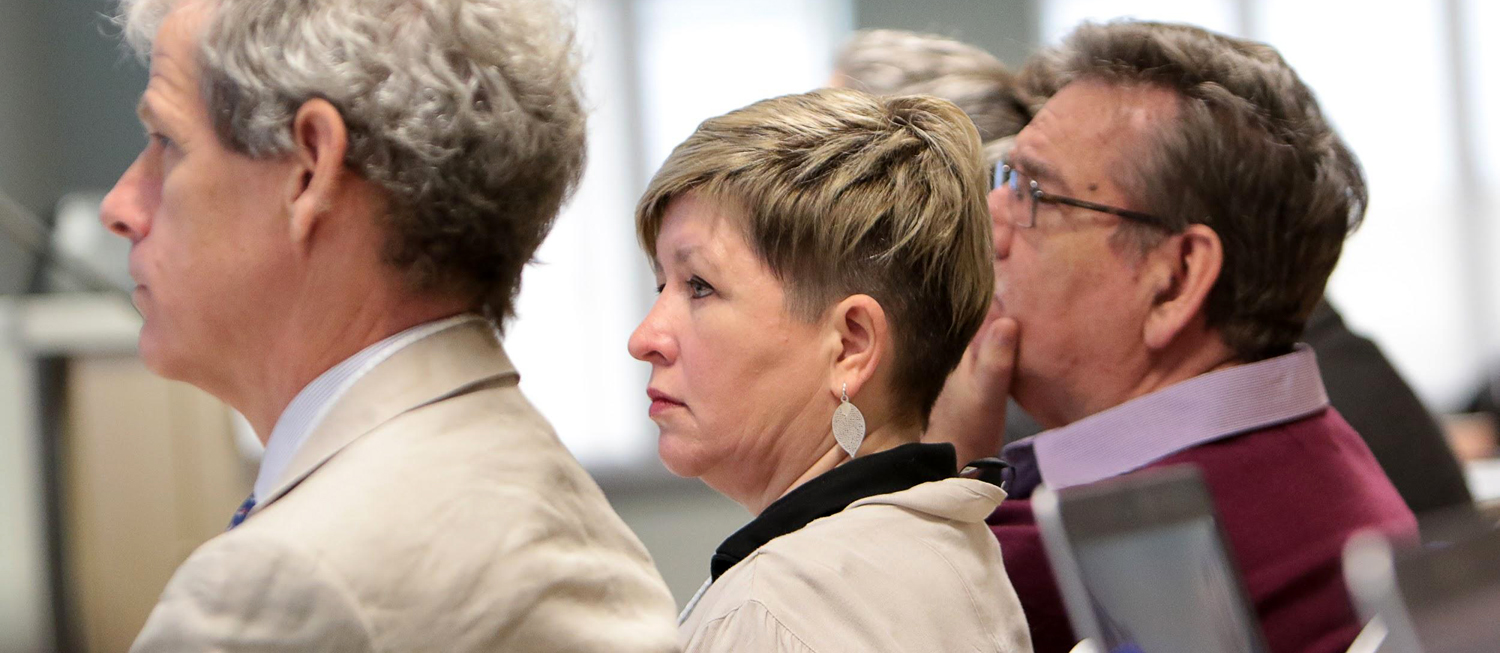Van Schalkwyk presented a sophisticated analysis of anti-vaccination sentiment on social media platforms such as Twitter. He demonstrated that anti-vaxxers use credible scientific sources to push their agenda and try to overwhelm the vaccination conversation by sheer volume of tweets.
Sticking with anti-science sentiment on social media, Anton Binneman (Stakeholder Manager for the Square Kilometre Array), and the rest of the SKA SA team were surprised to see the negative sentiments that came from the “Save the Karoo” Facebook group, who claimed to want to “protect the Karoo” from the MeerKAT and SKA radio telescope projects.
Binneman used social media analysis to understand the communities on the ground and on social media, and shaped the SKA’s communication efforts based on these insights. They found anti-science and anti-government sentiments influenced by people who knew the technical science of radio astronomy and were willing to use it in an misguided attempt to protect the Karoo.




